Fifty-three years ago, Lotus founder Colin Chapman thought he might like his company to enter the new Can-Am sports car series. He asked designer Geoff Ferris to launch the Type 66 project to evaluate how Lotus design principles could be applied to this new category. But Chapman was so involved in Formula 1 that the project never went beyond Ferris’ technical drawings and scale models.
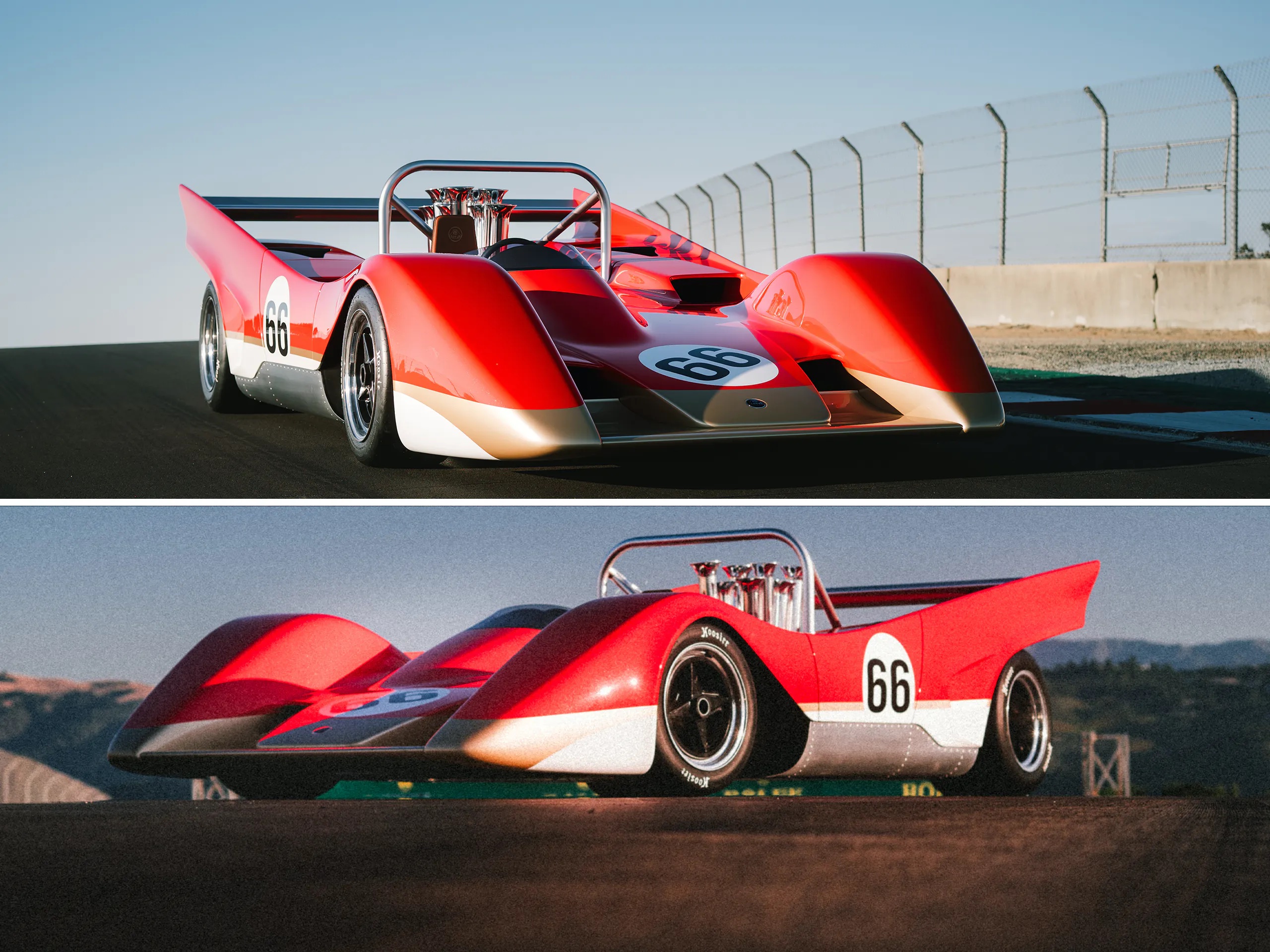
In a tribute to the brand’s racing pedigree and heritage, Lotus has fulfilled the original vision decades after the designer first put pen to paper.
Lotus has brought history back to life with the world premiere of the Type 66, confirming the track-only car will go into special limited production. The project was unveiled at The Quail as part of Monterey Car Week in California. Exotic in its design execution, the Type 66 is a new, ultra-exclusive low-volume car from Lotus. And, if we may be so bold, the utter opposite of the new Eletre SUV.

The Type 66 has been launched in Lotus’ 75th anniversary year and is testament to the brand’s desire to reimagine the best elements of its heritage. Only 10 copies will be built, selling at about $1.2 million apiece. It’s a production number selected to commemorate the number of races the Type 66 would have competed in during the 1970 season.
The car made its public debut in a heritage-inspired livery, reflecting the red, white and gold colors Lotus raced in during the early 1970s, and which could have adorned the Type 66, alongside the all-conquering Lotus Type 72 F1 car.
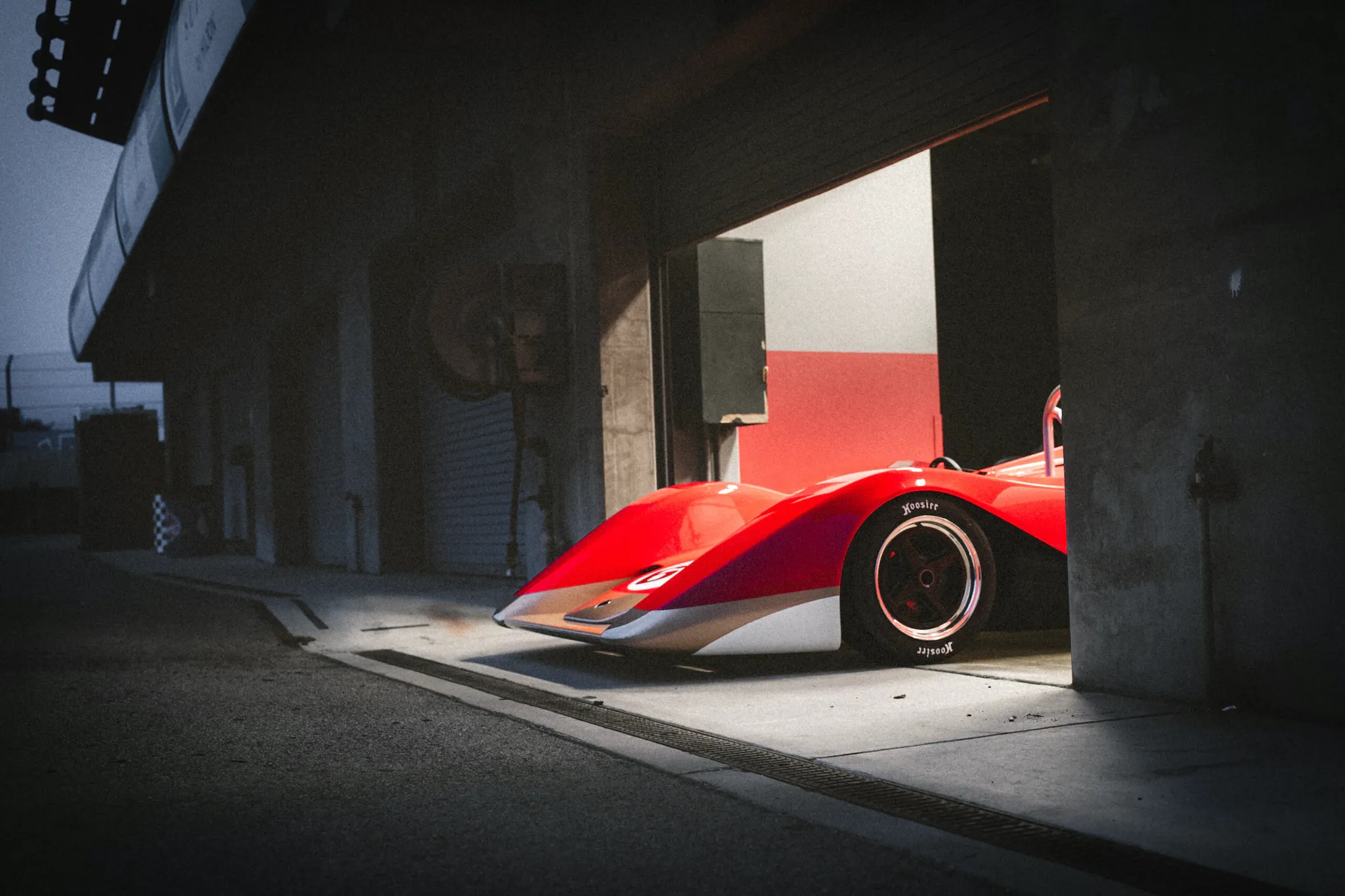
“The Type 66 perfectly blends the past and present. It takes drivers back in time, to the iconic design, sound and pure theatre of motorsport more than 50 years ago, with added 21st century performance and safety. This is a truly unique project, and in our 75th anniversary year, it’s the perfect gift from Lotus fans worldwide and to a handful of customers,” said Simon Lane, executive director of Lotus Advanced Performance. “While the visual expression is strikingly similar to what could have been—including the period-correct white, red and gold graphics—the technology and mechanical underpinnings of the Lotus Type 66 represent the very best in today’s advanced racing performance.”
Using state-of-the-art computer software, the team led by Russell Carr, design director of Lotus, digitized a series of 1/4- and 1/10th-scale drawings supplied by Clive Chapman, Colin’s son, and created 3D renderings to provide a new perspective of the vehicle. The original sketches were true to Colin Chapman’s early designs, featuring a cockpit enclosure that would reduce drag and improve airflow to the rear wing.
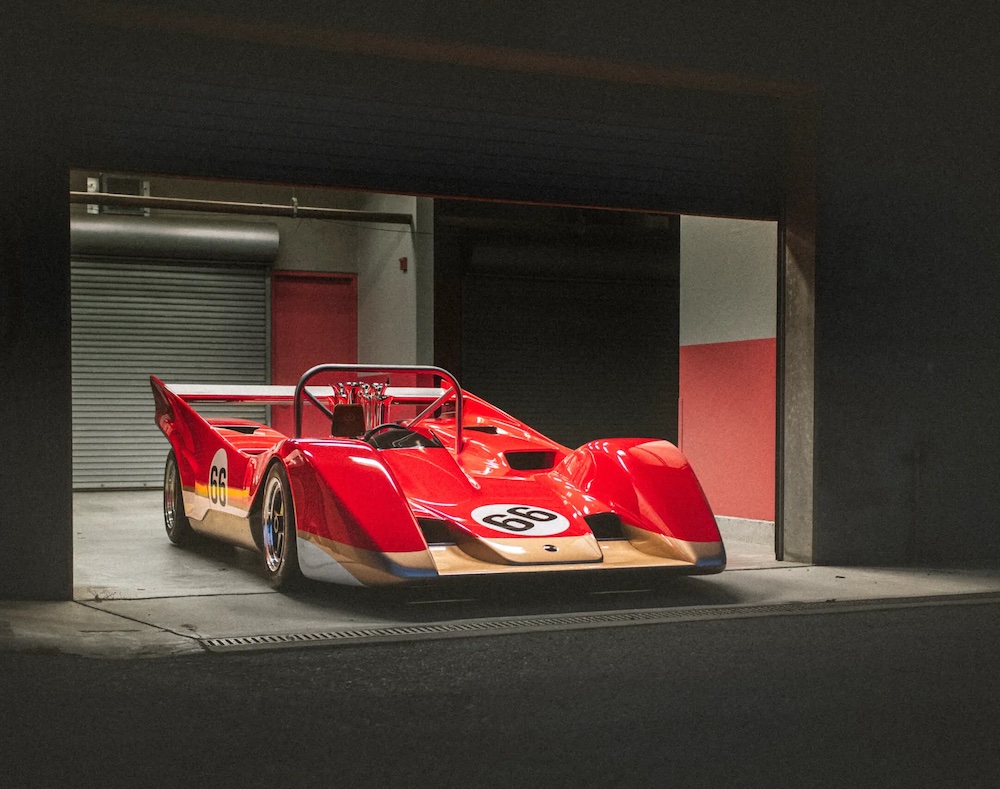

New features on the vehicle include a modernized driver compartment, inboard fuel cell, sequential transmission and anti-stall system. Everything is contained in a fully carbon-fiber body shell.
The front wing was designed to channel air from the front of the car, through and underneath the rear wings, generating more downforce than the vehicle’s total weight at full speed. This sense of porosity, where air travels through a vehicle, rather than around it, remains a signature element of Lotus vehicle design today and is seen on the Emira sports car, Eletre SUV and Evija hypercar.

“We are incredibly proud to have completed such a unique project, and one that Colin Chapman was personally involved in,” said Carr. “There is a real delicacy in remastering the past. This is not a re-edition or a restomod, but a completely new breed of Lotus—a commitment that our past glories will continue to be reflected in our future.”
Advanced technology has been used to test how the vehicle would perform on race tracks around the globe, such as Laguna Seca, Silverstone, Fuji and Spa. Thanks to modern-day engineering and ingenuity, the Type 66 now matches the dynamic performance and lap times of a modern GT3 race car. On some circuits, such as Laguna Seca, simulators suggest it could actually be quicker.
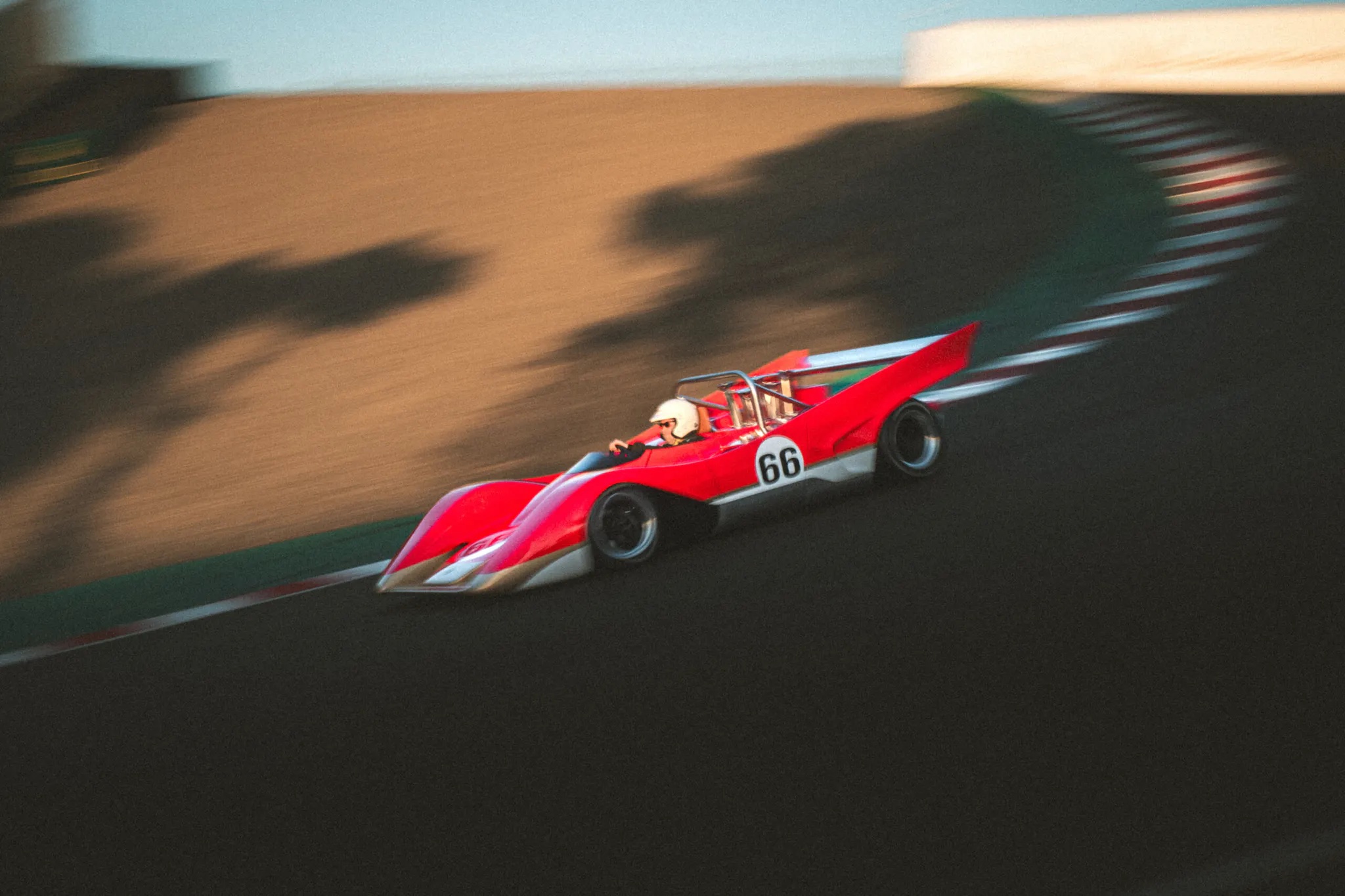
At the heart of the Type 66 is a period-representative V-8 pushrod engine. It’s mid-mounted for optimized handling, tuned by Lotus to produce more than 830 horsepower at 8800 rpm. Bespoke modern-day components include a forged crank, rods, and pistons.
“The iconic Can-Am-inspired air intake ‘trumpets’ take center stage at the top of the engine,” Lotus said. “These not only smooth out the air intake to create laminar flow, but also greatly improve the volumetric efficiency, allowing for greater combustion and more power.”
The chassis is also representative of the time period, with extruded aluminum sections, bonded joints, and aluminum honeycomb panels adding to its authenticity. To ensure drivers can tap maximum performance when on track, the Type 66 features modern comforts such as an motorsport-spec electric power steering column, a sequential racing gearbox with reverse, a race ABS braking system, an anti-stall multi-plate clutch, and a fixed roll bar.
Following the car’s world debut at The Quail in Monterey, the Type 66 will be displayed on the Concept Lawn at the Pebble Beach Concours d’Elegance on Sunday.
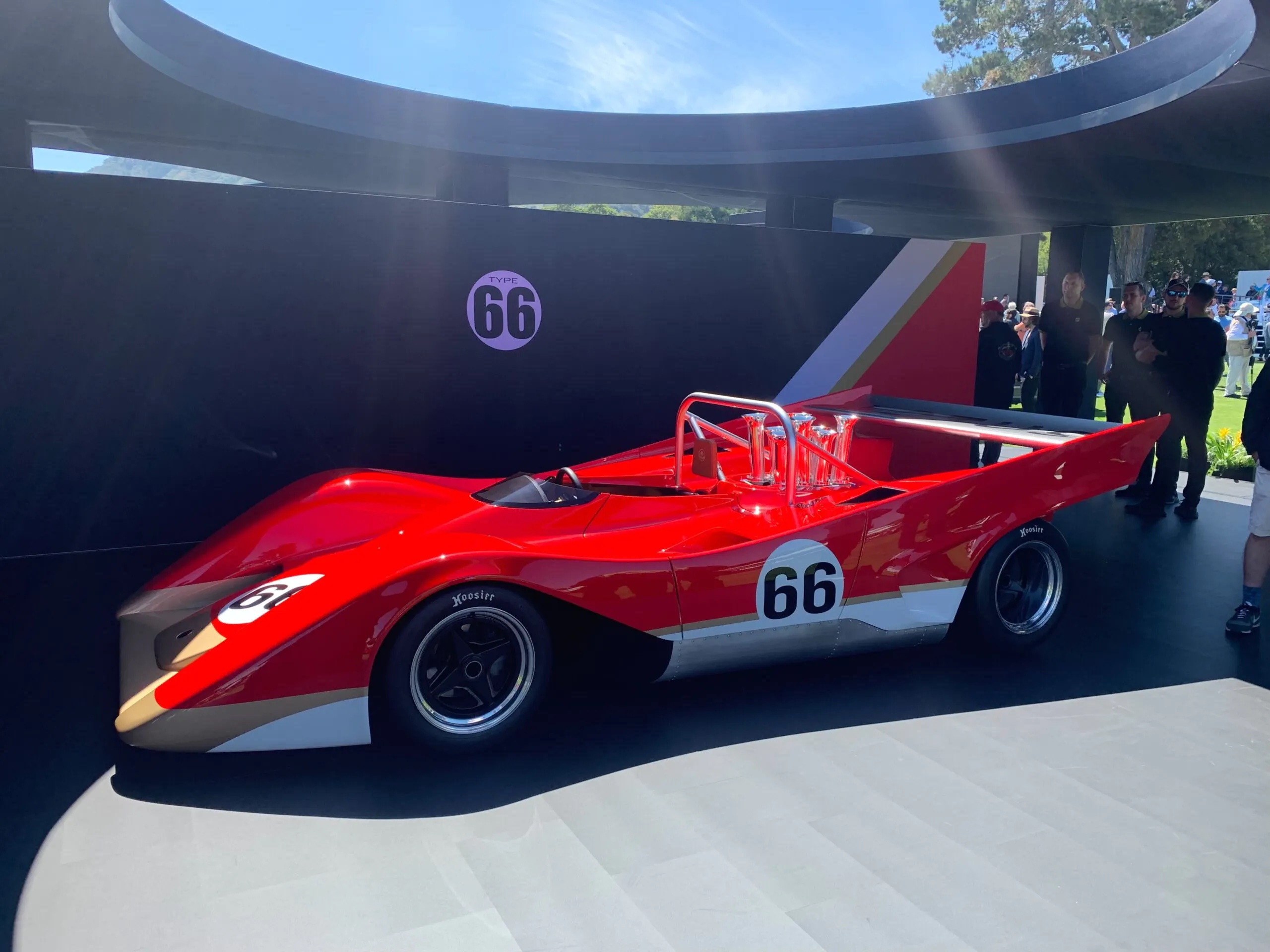
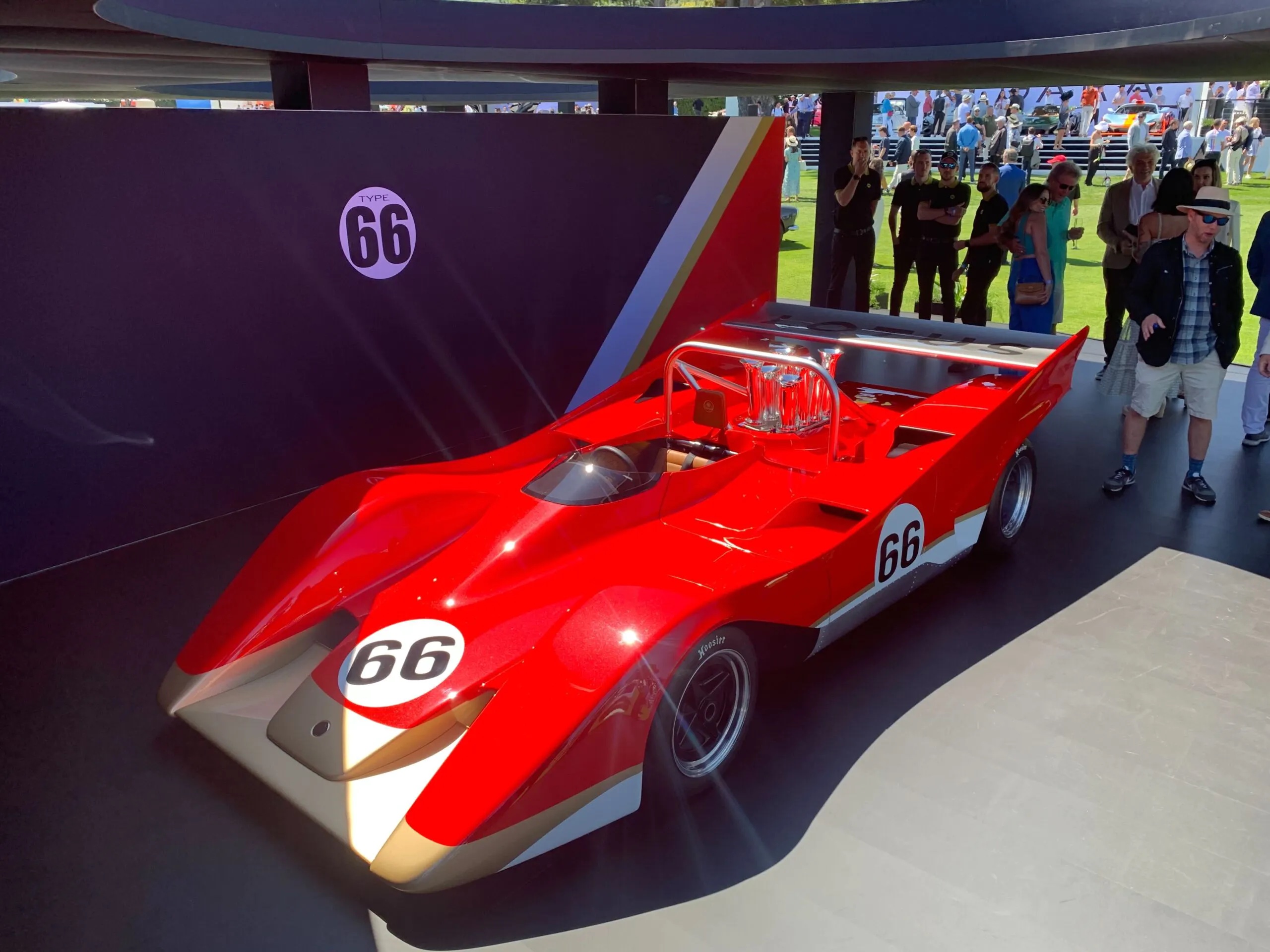
Report by Steven Cole Smith for hagerty.com










